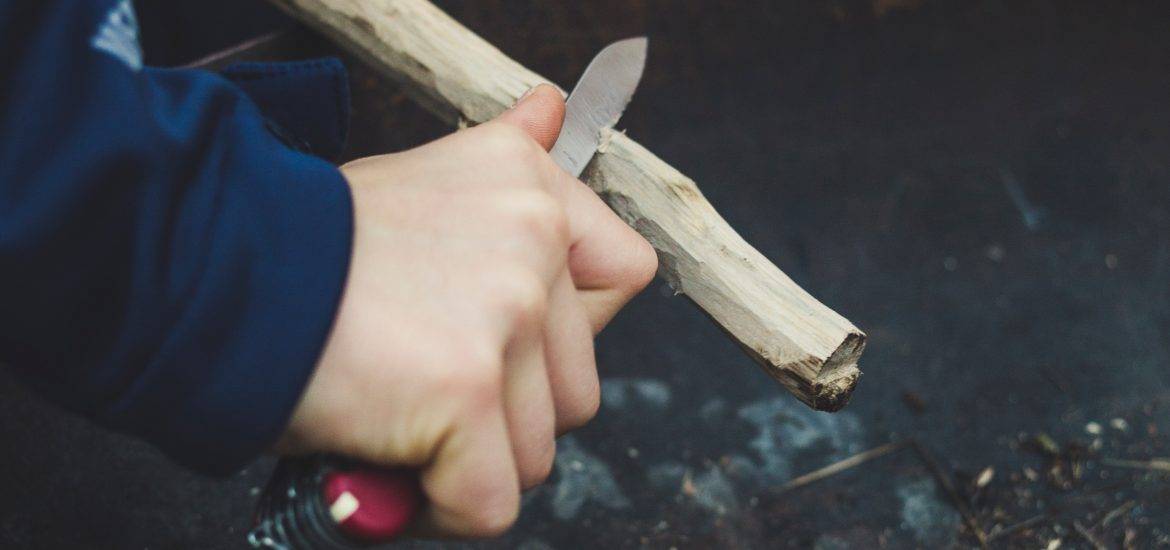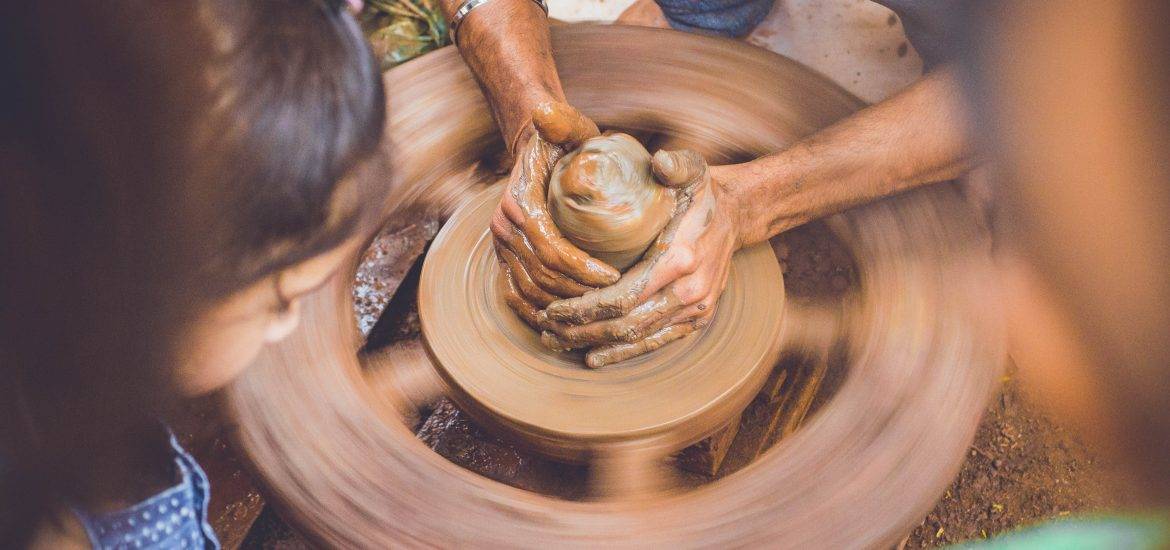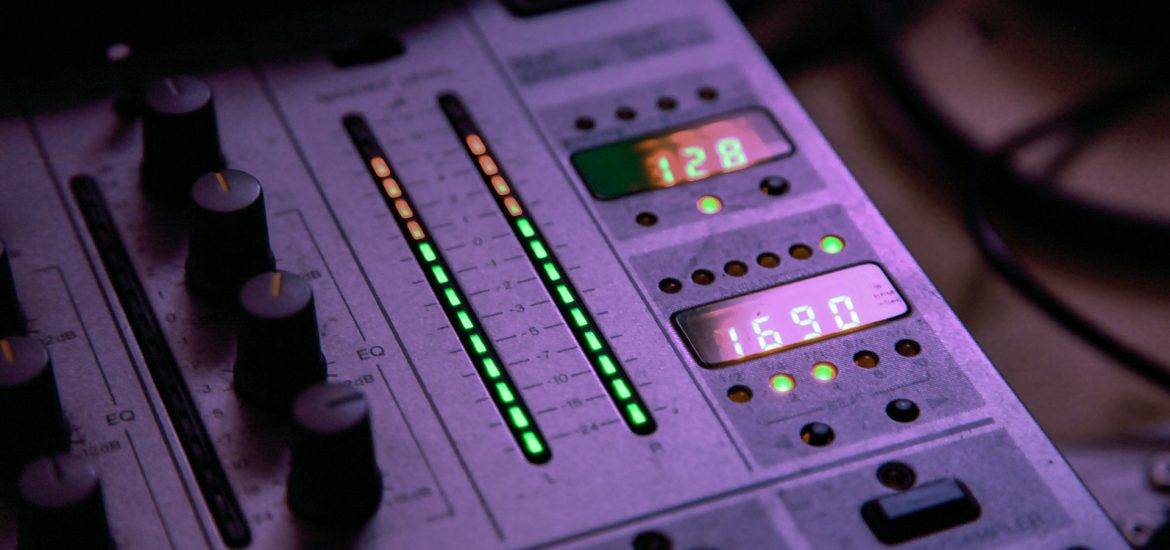You can do a lot with a good sample. If you’ve never used samples in one of your own mixes, you’ve likely heard them used quite a bit. Hip Hop, Nu Metal, Pop, and Electronic Music frequently use samples for all kinds of reasons. Samples can be used to thicken up an instrument, create a unique motif, introduce a surprising element, or produce beats. Whatever the case, mixing with samples can be extremely rewarding and bring new life to a song. However, if mixed improperly, these samples can stick out like a sore thumb and ultimately hurt your mix. It takes some effort to mold a sample to gel with your existing project. So let’s examine how samples can enhance your mix rather than drag it down.
How Will You Use the Sample?
Before you even begin mixing with samples, you should consider reading “what is mixing?” and how you want to use a given sample. Do you plan on taking a killer snare hit you recorded and using it for every snare in your song? Are you scouring the web’s free sound archives for the perfect cash register “ka-ching” noise to start off your choruses? Or will you purchase a sample pack with hundreds of sounds so you can create and loop a beat or hook with them? All of these are common uses for sampling, but each one will be handled differently. Some samples will be left in the background, while others will make up the meat of a mix. Knowing what you want to sample and how you want to use it will set you off on the right path.

Before Mixing with Samples, Strip Them Down
Once you have the sample you want, it should be in its purest form. All samples are different, and some might sound grainy or muffled, while others are clear as day and already mastered. If you simply throw a sample into your mix without stripping it down to its bare essence, there’s little chance of it properly blending. This is where audio editing comes in.
For starters, you’ll want to get rid of any background noise in the sample. Audacity, a free audio editor, has a noise removal effect that can target a frequency and lower its level to remove hiss or crackles. More advanced audio editors like WaveLab and SoundForge have even better tools dedicated to removing unwanted noise. Another option is to use a noise gate in your DAW which will cut the sound after dipping below a set dB threshold. You can also tinker with attack, release, and range to find the right balance and reduce the noise you don’t want.
Some samples you download or create will also have some lead time before the part you want or an extended tail. You’ll want to nip these down as well, so all you’re left with is your sample. If you’re looping a sample, you want it to begin and end directly so you can easily map it to tempo. Otherwise, you can leave a little room on the front and back ends. It’s important to fade the sample in from a zero-point crossing and fade it out to zero as well. Now you’ll be left with a clean, concise sample that enters and exits smoothly.
Molding Samples for Your Mix

Your pure sample is now ready to come into your project. This is where audio mixing with samples gets tricky but fun. Just like you mix any drum, guitar, vocal, or synth, your sample must be processed to fit into your mix. Depending on your technique and how the sample is used, you can start mixing in solo or in context with the mix as a whole. If your samples are meant to be prominent (i.e., they make up a beat), start by mixing them in solo. If they’re meant to emphasize another instrument or are used as background noise or effect, mix them in context.
Mixing with EQ
When mixing with EQ, remember that the goal is to give each element of your mix its own space so it comes through. Some of this is achieved by tweaking levels and panning, but EQing each track makes the biggest difference. Your sample may fall anywhere on the frequency spectrum when you drop it into your mix. You can examine this by opening a spectrum analyzer. If you know you want the sample to boom low or shine high, you can place a low- or hi-pass filter on it before you tweak with parametric EQ. It’s usually wise to use subtractive EQ before boosting frequency ranges. This will help you find muddy areas and remove them without bumping the gain of the sample.
Level, Panning, and Doubling
Of course, you don’t want your sample to overpower the mix or get lost in it. Once you’ve found the right frequencies for your sample, you can begin bumping or lowering its level. To give the sample even more space, you can also try panning it left or right to a small or large degree. When mixing with samples, some producers like doubling them and hard panning each track to create a stereo effect. These decisions will depend on how dominant you want the sample to be and how the sample fits into the entire mix’s stereo stage.

Pitch
Sometimes, even after cleaning, cutting, and EQing your sample, it still doesn’t blend quite the way you want. This might have to do with its pitch. Not every sample will feature a prominent note, but many will. Even highly percussive samples can benefit from pitch correction. When a sample’s pitch is off-key, it will create dissonance, even if it’s not that noticeable. Some producers like dissonance, as it can create texture and tension in a mix. Others will want to correct it immediately. Most DAWs have built-in pitch correction tools. Logic Pro X’s Flex Pitch and Cubase’s VariAudio are incredibly useful, for instance. Shifting pitch can also be used to create unique effects, ramp up a beat into a chorus, or turn a human voice into something demonic or robotic.
Conclusion
If you’re using digital tools for music production, chances are you’ll be mixing with samples at some point, even if in a small way. Remember that each sample should enter your mix as pure as possible, without a lot of background noise or extended silences on either end. This will make it much easier to mold the sample to your liking as you mix. Don’t be afraid to tweak its frequencies and other properties. And, of course, save your samples. You never know when you’ll want to use them, share them, or alter them in the future!
Informazioni sull'autore

Ethan Keeley
Scrittore, doppiatore, musicista e redattore audioEthan Keeley è un musicista, doppiatore e scrittore di Rochester, New York. Quando non è in tour con la sua band Unwill, lavora a nuove canzoni e storie.
Lascia un commento
Log in per commentare


